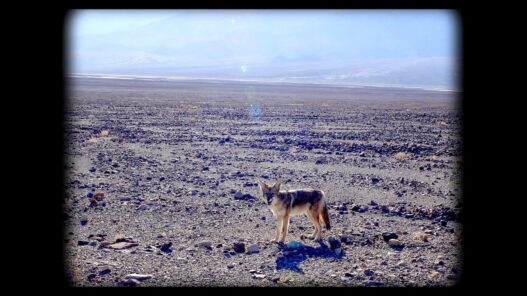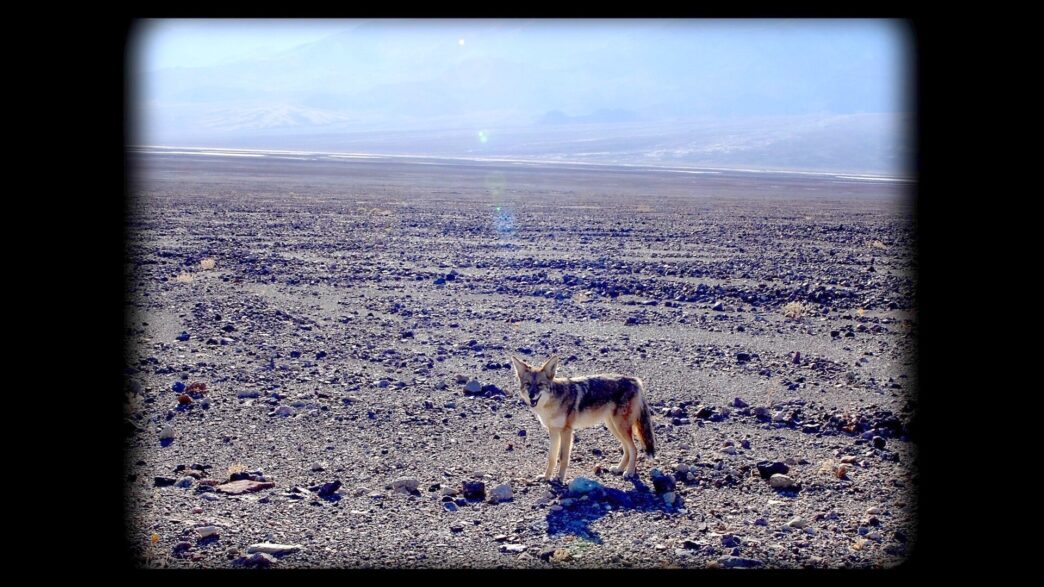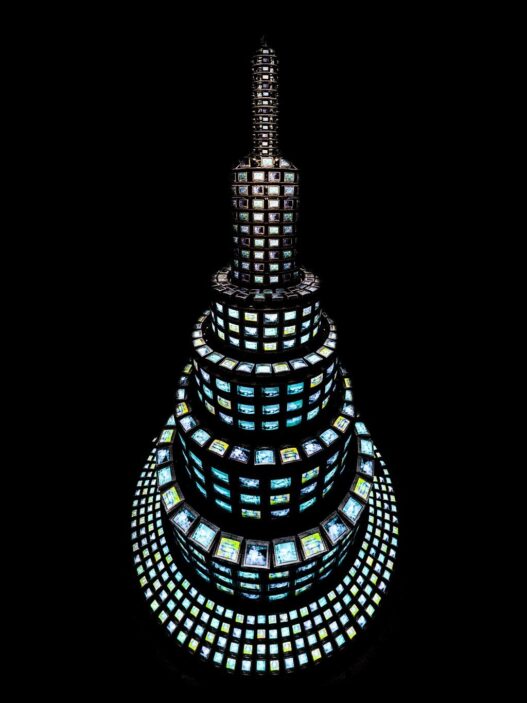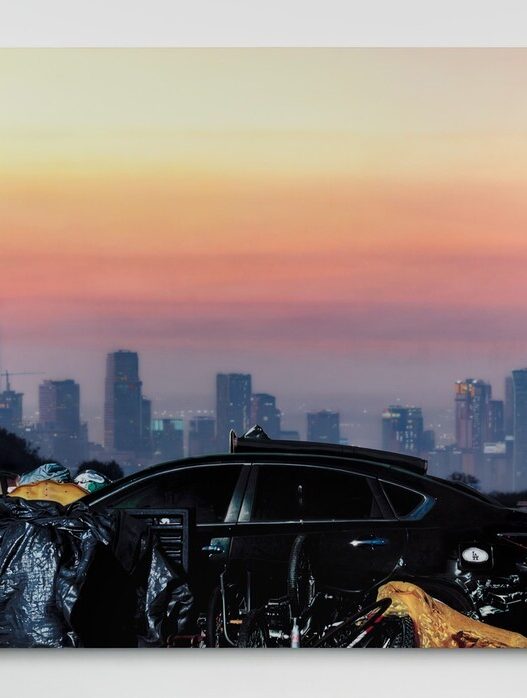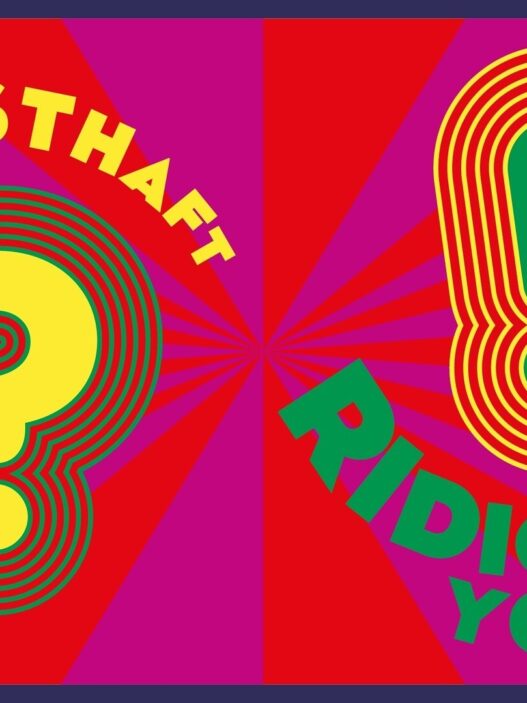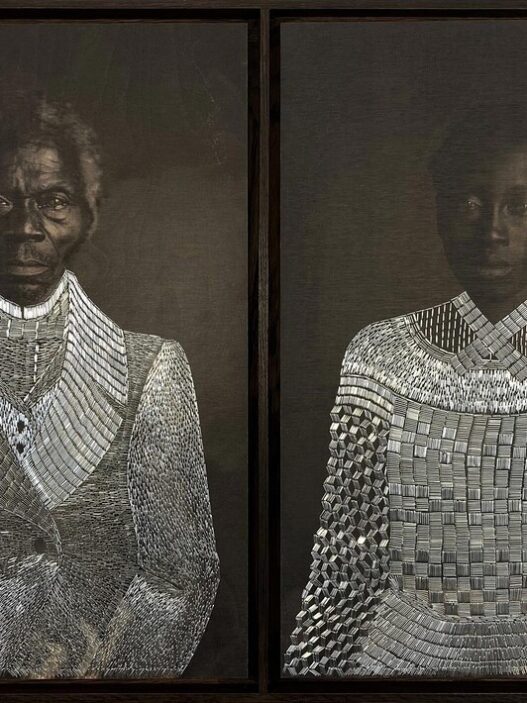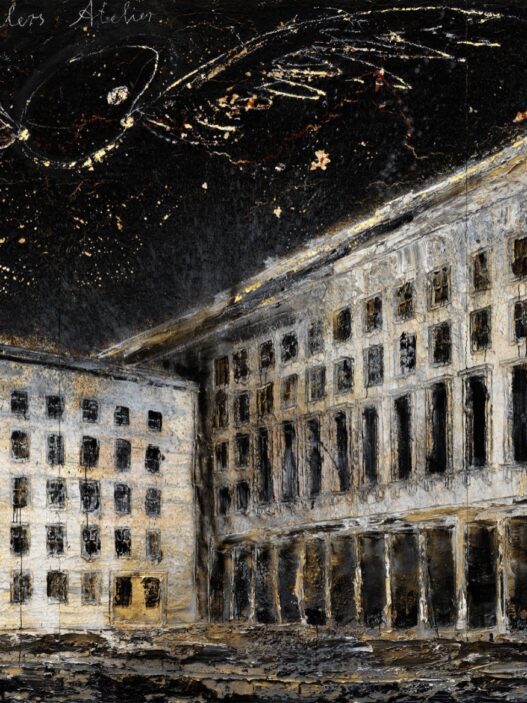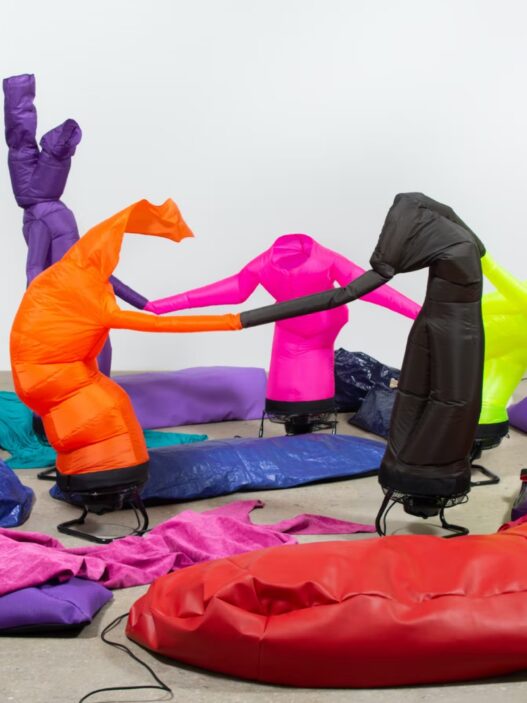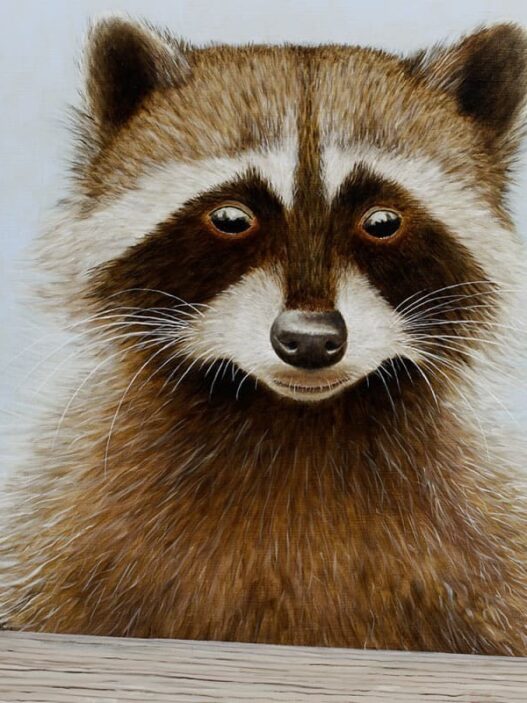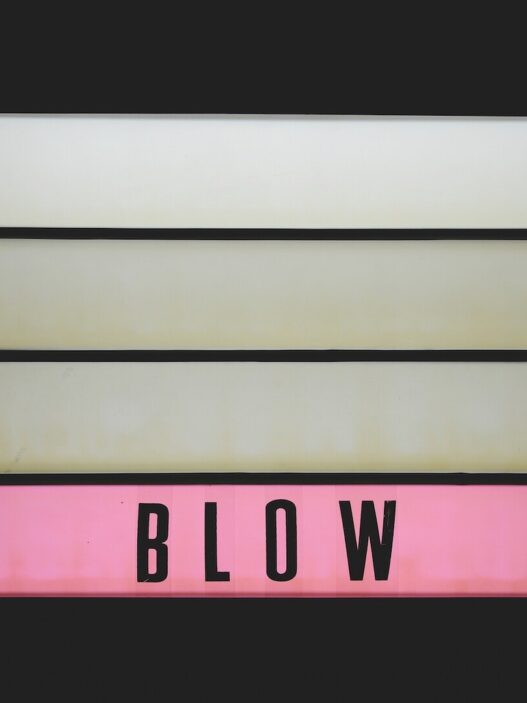November 10–20, 2022
A multimedia installation called I See a Darkness explores the complicated historical connections between photography, film, and science. This new body of work by Katherine Waugh and Fergus Daly, which emerged from their trans-disciplinary artistic practice, builds on their research-based, philosophically-framed earlier projects in film, writing, and artistic events. It does so by utilizing information that is frequently ignored or hidden, such as shadow archives, foregone cultural narratives in film, art, and literature, as well as vanished or controversial fields of knowledge.
For Photo Museum Ireland, the country’s national repository for modern photography, the artists have developed a special gallery version of the film project I See a Darkness that is surrounded by photographic prints, videos, archive pictures, and publications. The documentary and the exhibit materials give a creative investigation of the influence Irish-born Lucien Bull’s chrono-photographic experiments had on the intertwined advancements of image-capture aesthetics and science during the 20th century. Bull, who was born in Dublin in 1876, was appointed president of the Institute of Scientific Cinematography in 1948 and director of the prestigious Institut Marey in Paris in 1914. The exhibition examines how, as the 20th century’s quest for an aesthetic “sublime” in still and moving images collided with the scientific discovery of a “atomic sublime,” new technologies of vision were aggressively and early on instrumentalized by the military-industrial complex for its own ends. The atomic shadow images discovered in Hiroshima and Nagasaki undoubtedly spoke to “a form of total photography that exceeded the economies of representation, testing the very visibility of the visual,” in the words of Akira Lippit. The question, as put to Paul Virilio in Crepuscular Dawn, is: “[Is] the apotheosis of science the apocalypse of science?” for Sylvère Lotringer.
Scientific rationality raises concerns about the 20th century’s simplification of cinematographic technologies, and the benefits of taking another look at experimental methods and ways of thinking as a result. Three well-known individuals—Lucien Bull, Harold E. Edgerton, an engineer and professor at MIT, and oceanographer and conservationist Jacques Cousteau—whose lives and careers intersected in compelling ways—become the focal point of a map of the frequently contentious fusion of artistic and technological representational models of our world and their complex political implications.
Using previously unseen images and archival material along with extensive new film work shot in the Institut de Cinématographie Scientifique and Conservatoire des Techniques Cinématographiques, Paris, the MIT Edgerton center, MIT photographic archives, the Nevada Nuclear test site, and Death Valley, a new perceptual paradigm related to high-speed photography (Bull), atomic science (Edgerton), and the underwater world (Cousteau) is revealed. Contributors include leading cultural thinkers, film archivists, scientists and writers Akira Mizuta Lippit, Jimena Canales, Jonathan Crary, Susan Schuppli, Ben Marcus, Laurent Mannoni, Alexis Martinet and Edgerton Center Director J. Kim Vandiver.
Katherine Waugh is a filmmaker, writer and curator whose trans-disciplinary practice includes films such as The Art of Time (co-directed with Fergus Daly), a film essay on the complex temporalities in contemporary art, film and architecture, which has screened internationally.
Fergus Daly is the co-author (with Garin Dowd) of a book on Leos Carax and has contributed essays to the books Jean-Luc Godard: Documents and Movie Mutations.
Photo Museum Ireland
Meeting House Square, Temple Bar, Dublin 2
Dublin
Ireland
Hours: Tuesday–Saturday 11am–5pm
T +353 1 671 4654
info@photomuseumireland.ie









